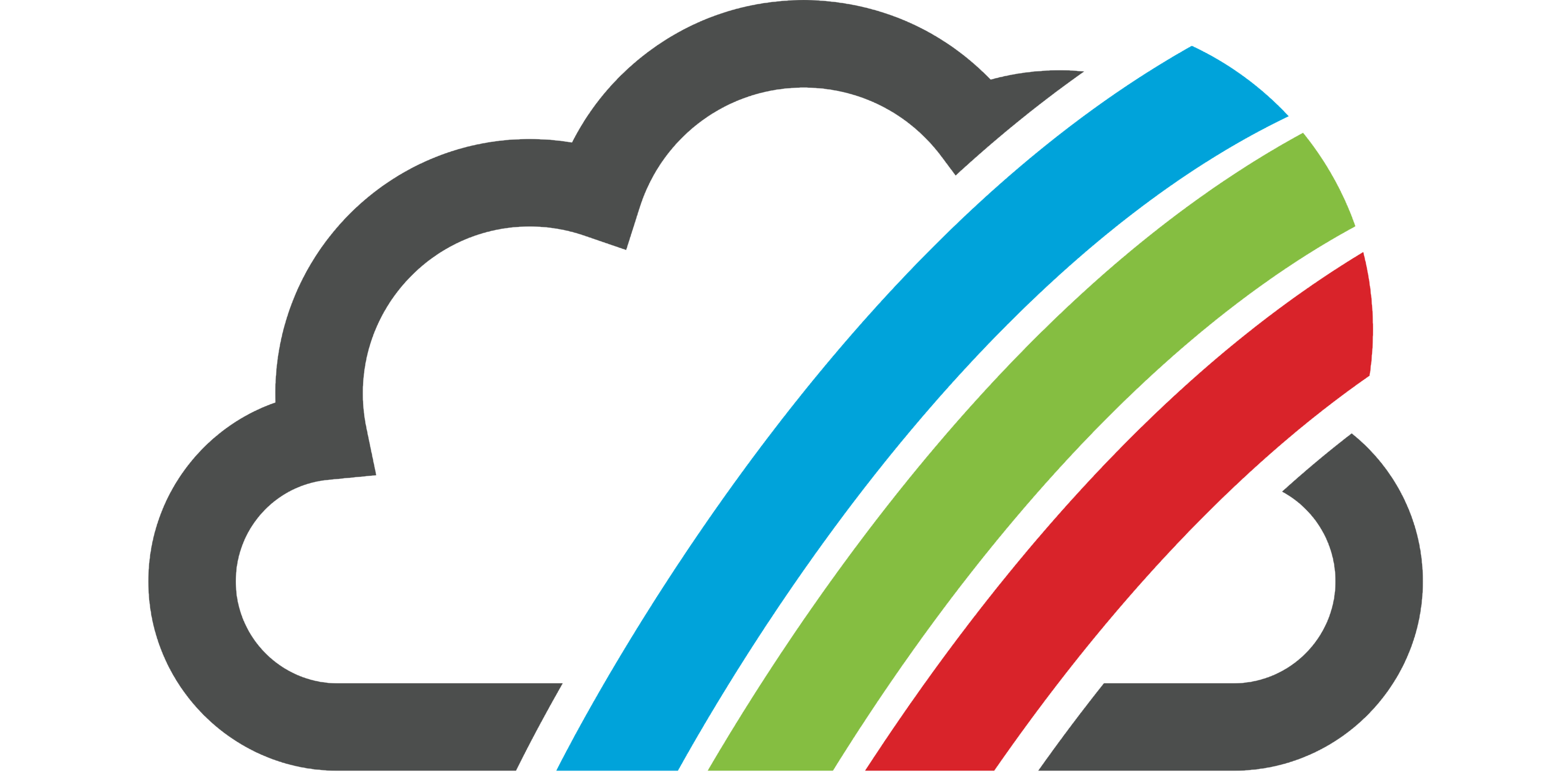Strengthening Supply Chain Defenses Against Ransomware: Insights from Xplain and Concevis Incidents
- Chenyun Chu

- Nov 27, 2023
- 2 min read
The ransomware attacks on Xplain and Concevis, two Swiss IT service providers, represent critical case studies in understanding the widespread impact of such cyber threats. C2SEC's Extended Security Posture Management (XSPM) platform aligns with CISA's best practices to fortify defenses against these increasingly sophisticated supply chain attacks.

Understanding the Impact
Xplain Incident:
When: Revealed in May 2023.
Impact: Compromised the Federal Office of Police (Fedpol), the Federal Office of Customs and Border Protection (FOCP), and cantonal police forces. Sensitive operational data and business correspondence were among the stolen information, affecting crucial government operations and security protocols.
Concevis Incident:
When: Revealed in November 2023.
Impact: Faced threats of stolen data being published on the darknet after refusing ransom demands. This incident disrupted operations and risked the integrity of data related to the Swiss federal government.
These incidents illustrate the cascading effects of ransomware attacks, extending well beyond the initial targets to a wide network of entities, including partners and clients. The impacts are not confined to operational disruptions; they compromise sensitive data, erode trust, and pose significant risks to national security and governance.
C2SEC's XSPM Platform: Aligning with CISA's StopRansomware Guide
In response to the growing threat of ransomware, The Cybersecurity and Infrastructure Security Agency (CISA) and the Multi-State Information Sharing & Analysis Center (MS-ISAC) of United States have jointly developed the comprehensive StopRansomware Guide.
This crucial resource provides detailed guidance for organizations to mitigate the impact and likelihood of ransomware incidents and data extortion. The guide focuses on best practices for preparation, prevention, and mitigation, specifically targeting common initial access vectors for ransomware attacks.
By aligning with these guidelines, C2SEC's XSPM platform offers robust capabilities to assist organizations in ensuring their critical supply chain partners adhere to these best practices:
Preventing Internet-Facing Vulnerabilities and Misconfigurations: XSPM proactively identifies and manages external vulnerabilities, curtailing the risk of ransomware attacks exploiting such exposures.
Safeguarding Against Compromised Credentials: XSPM's credential security capabilities are vital in preventing unauthorized access, a frequent precursor to ransomware incidents.
Implementing Comprehensive Asset Management: Adhering to CISA’s advice, XSPM takes a holistic approach to asset management, identifying potential vulnerabilities within the organization and across the supply chain.
Intrusive Penetration Testing for Third Parties: With granted permission, XSPM can conduct thorough penetration testing on third parties, enhancing their security postures, especially in urgent scenarios like 0day vulnerabilities.
Automated Vendor and Dependency Discovery: XSPM's automated discovery features uncover blind spots in supply chains, ensuring thorough security coverage.
Conclusion
The ransomware attacks on Xplain and Concevis underscore the imperative for improved security operation controls and proactive measures across supply chains. Leveraging C2SEC's XSPM platform enables organizations to effectively align with CISA's StopRansomware Guide, strengthening their defenses against ransomware attacks, and fostering a more secure and resilient digital ecosystem.




Comments